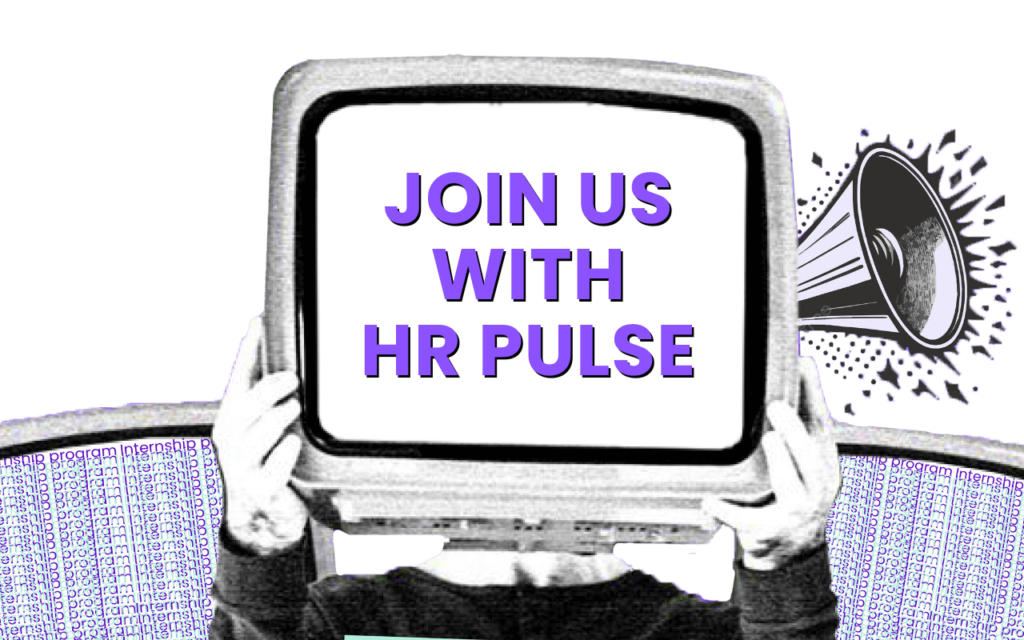In today's data-driven world, HR is no longer just about managing people – it's about leveraging data to make strategic decisions that impact the entire organization. This guide empowers you, the HR manager, to navigate the exciting world of HR analytics and unlock its potential for your organization.
What is HR Analytics?
HR analytics is collecting, analyzing, and interpreting data related to your workforce. This data can come from various sources, including:
- Payroll Systems
- Performance Management Tools
- Employee Surveys
- Learning Management Systems (LMS)
- Exit Interviews
By analyzing this data, you can gain valuable insights into your workforce, identify trends, and make informed decisions about crucial HR areas like:
- Recruitment & Onboarding: Measure the effectiveness of your recruitment strategies, identify areas for improvement in the onboarding process, and predict future hiring needs.
- Performance Management: Gain insights into employee performance, identify skills gaps, and develop targeted training programs.
- Employee Engagement: Track employee sentiment, measure engagement levels, and identify factors contributing to a positive work environment.
- Retention: Analyze turnover rates, identify reasons for employee departures, and develop strategies to retain top talent.
- Compliance: Ensure adherence to labor laws and regulations through data analysis and reporting.
Types of HR Analytics
Three main types of HR analytics build upon each other:
- Descriptive Analytics: This focuses on understanding "what happened" by describing past events and trends in your workforce data.
- Diagnostic Analytics: This dives deeper into "why" by analyzing the causes behind trends identified in descriptive analytics.
- Predictive Analytics: You leverage data to predict future outcomes, such as employee turnover or performance trends. This allows for proactive HR strategies.
Getting Started with HR Analytics
- Define Your Goals: What are you hoping to achieve with HR analytics? Identify key performance indicators (KPIs) aligning with your HR goals and business objectives.
- Gather Your Data: Identify the data sources available to you and establish a process for collecting and storing data securely.
- Choose the Right Tools: Numerous HR analytics tools, both free and paid, are available. Choose one that aligns with your needs, budget, and data security requirements.
- Develop Your Skills: Many online resources and training programs are available to help HR professionals build their data analysis skills.
- Communicate Your Findings: Once you've analyzed your data, share your insights with key stakeholders clearly and concisely. Highlight actionable recommendations that can be implemented to improve HR processes.
Remember:
- Data Security is Paramount: Ensure your data collection and storage practices comply with relevant privacy regulations.
- Start Small & Build Up: Begin with a few key areas and gradually expand your use of HR analytics as you gain experience and confidence.
- Seek Collaboration: Work with other departments within your organization to leverage their data and expertise. HR analytics works best as a collaborative effort.
By embracing HR analytics, you can transform your HR function from a reactive to a proactive force within your organization. You can become a data-driven champion, making informed decisions that contribute to a thriving workforce and a successful business.
Embrace the Power of HR Tech
Implementing HR analytics can be daunting, but you don't have to do it alone. Paismo HR offers a comprehensive HR solution that integrates seamlessly with popular data analytics tools. This allows you to collect, analyze, and visualize your HR data in one centralized location, making it easier to identify trends and gain valuable insights.
Paismo HR goes beyond data – it streamlines your core HR processes, freeing valuable time for strategic initiatives. With features like applicant tracking, performance management, and employee self-service, Paismo HR empowers you to:
- Reduce administrative burdens and focus on strategic HR initiatives.
- Gain real-time insights into your workforce with easy-to-use tools.
- Make data-driven decisions to optimize your HR processes and improve employee engagement.
Visit the Paismo HR website today to learn more about their comprehensive HR solution and how it can supercharge your HR analytics capabilities. Request a free demo and see how Paismo HR can help you.









